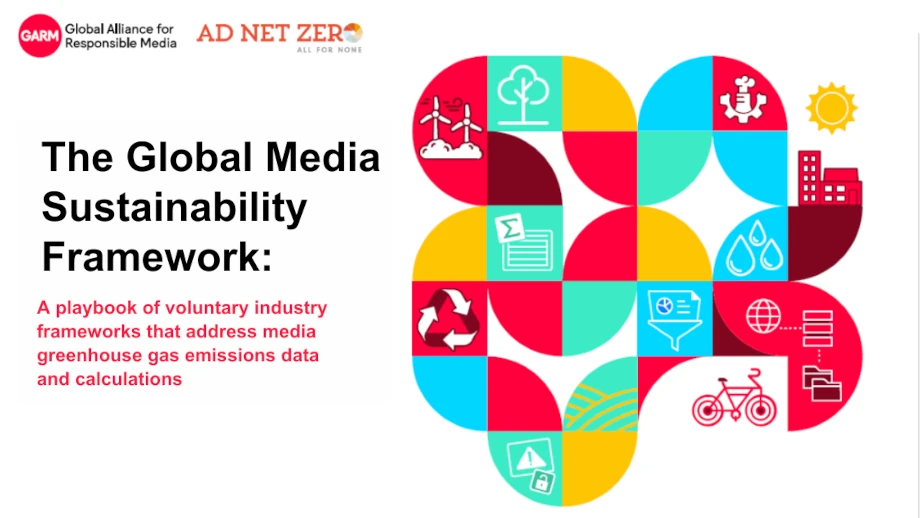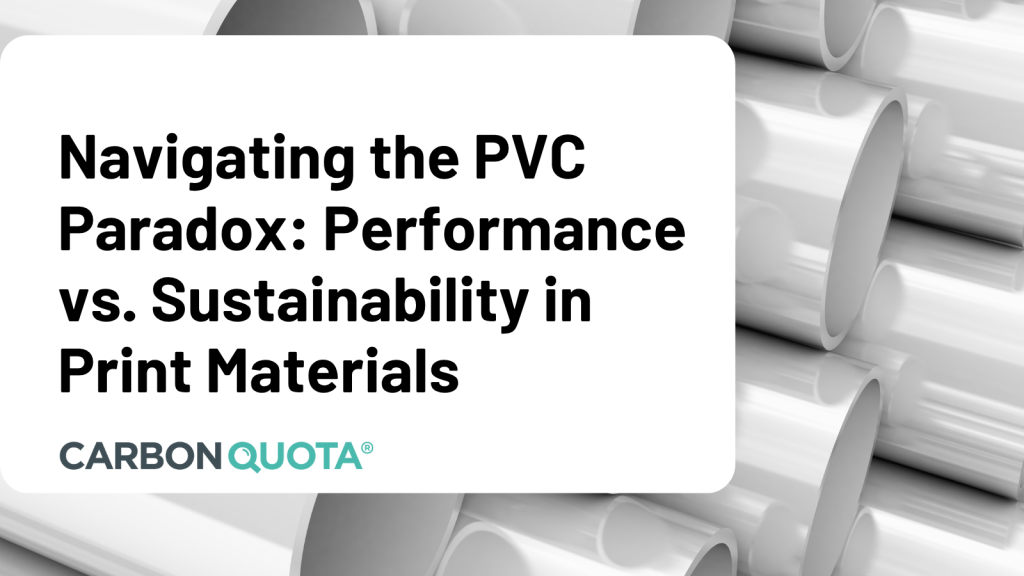The first draft is here.
Advertising is a significant contributor of global greenhouse gas emissions, accounting for around 3-4% according to some academic estimates.
Action was therefore necessary to enhance the transparency, consistency, and accuracy in the way marketing industry stakeholders approach media greenhouse emissions to support climate action, and a voluntary framework was needed to span across all greenhouse gas measurement standards, all media channels, and all geographies.
The framework itself is the brainchild of GARM (Global Alliance for Responsible Media) and Ad Net Zero. They have been working tirelessly to bring together countless voices – stakeholders, media owners, industry bodies, scientists and independent advisors – to overcome the confusion, intertia and skills gap when addressing issues of variability in emissions measurement, fragmentation of data and impending reporting requirements.
The Global Media Sustainability Framework is now a recognised standard across the sector, and will continue to set the standard.
CarbonQuota has played its part in the working group, technical practices review team and acting as an industry consultant.
CarbonQuota provides specialist measurements and de-carbonisation advice to brands, media owners and agencies across all channels – digital, TV/video, out of home, print, radio/audio and cinema.
If you have any questions or would like to discuss this further, please reach out to the team who are more than happy to chat.
– Nathan Tiller, Co-Founder



